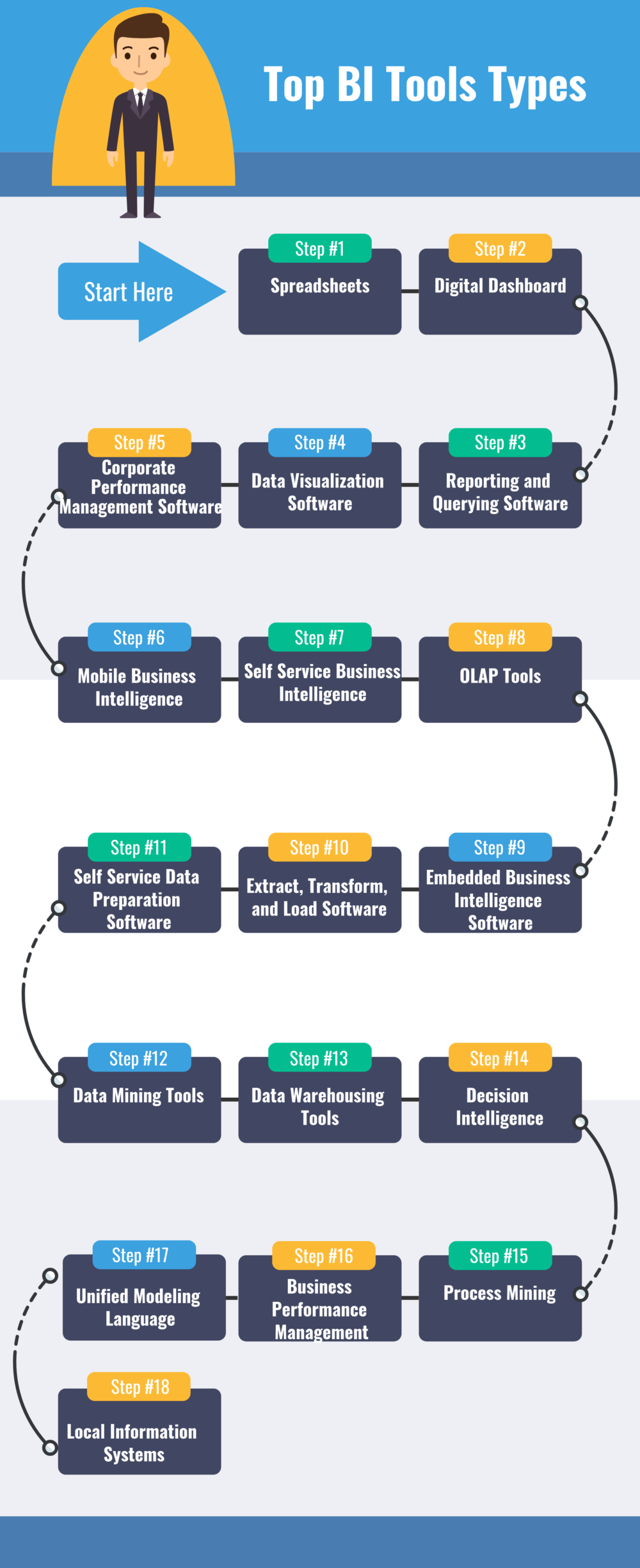Knee Hurts After Car Accident: Recognizing and Addressing the Pain
Experiencing knee pain after a car accident is a common symptom that shouldn’t be ignored. It’s not uncommon to dismiss minor aches and pains, but it’s essential to seek medical attention promptly to rule out any underlying injuries or damage.
When and How to Seek Medical Attention
The severity of knee pain after a car accident can vary greatly. Some people may experience only mild discomfort, while others may have severe pain that makes it difficult to walk or bear weight. If you’re experiencing any of the following symptoms, don’t hesitate to seek medical attention:
* Severe pain that doesn’t improve with rest or over-the-counter pain relievers
* Swelling, bruising, or discoloration around the knee
* Inability to bend or straighten the knee
* Instability or giving way of the knee
* Numbness or tingling in the knee or leg
Prompt medical attention is crucial to identify and treat any underlying injuries. The doctor will perform a physical examination, ask about your symptoms, and may order imaging tests such as X-rays or MRI to assess the extent of the damage.
Understanding the Potential Injuries
Car accidents can cause various knee injuries, ranging from minor sprains and strains to more severe fractures and ligament tears. Some common knee injuries associated with car accidents include:
* Ligament tears, such as an anterior cruciate ligament (ACL) tear, can cause instability and pain.
* Meniscus tears, which are tears in the cartilage that cushions the knee, can lead to pain, swelling, and locking of the knee.
* Patellar fractures, which are breaks in the kneecap, can cause severe pain, swelling, and difficulty walking.
* Osteoarthritis, a degenerative joint disease, can develop or worsen after a knee injury.
Treatment Options for Knee Pain
Treatment for knee pain after a car accident depends on the severity and type of injury. Mild sprains and strains may require rest, ice, and over-the-counter pain relievers. More severe injuries may require physical therapy, injections, or surgery.
* Physical therapy can help strengthen the muscles around the knee and improve flexibility.
* Injections of corticosteroids or hyaluronic acid can reduce pain and inflammation.
* Surgery may be necessary to repair torn ligaments or fractures.
Knee Hurts After Car Accident? Here’s What Could Be Causing the Pain
If you’re experiencing knee pain after a car accident, it’s essential to seek medical attention promptly. A car accident can cause various knee injuries, and it’s crucial to have them diagnosed and treated appropriately.
Causes of Knee Pain After a Car Accident
The impact and sudden jolt of a car accident can put immense stress on the knee joint, potentially leading to various types of injuries. Some of the most common causes of knee pain after a car accident include:
- Ligament tears: The ligaments are tough bands of tissue that connect the bones in the knee joint. In a car accident, the sudden force can tear or rupture these ligaments, leading to pain, swelling, and instability in the knee.
- Sprains: Sprains occur when the ligaments are stretched beyond their normal range of motion. This can happen during a car accident when the knee is twisted or bent awkwardly. Sprains can cause pain, swelling, and bruising.
- Fractures: A fracture is a break in one of the bones that make up the knee joint. Car accidents can cause fractures of the femur (thigh bone), tibia (shin bone), or patella (kneecap). Fractures can cause severe pain, swelling, and deformity.
- Dislocations: A dislocation occurs when the bones in the knee joint are forced out of their normal position. This can happen when the knee is hit with a lot of force, such as in a car accident. Dislocations can cause intense pain, swelling, and instability.
- Meniscus tears: The meniscus is a C-shaped piece of cartilage that helps to cushion and stabilize the knee joint. Meniscus tears can occur when the knee is twisted or bent awkwardly, as can happen in a car accident. Meniscus tears can cause pain, swelling, and locking of the knee.
- Patellar tendon rupture: The patellar tendon connects the kneecap to the shinbone. A patellar tendon rupture can occur when the knee is suddenly straightened with a lot of force, such as when you’re trying to stop yourself from falling after a car accident. A patellar tendon rupture can cause severe pain, swelling, and an inability to straighten the knee.
If you’re experiencing knee pain after a car accident, it’s crucial to seek medical attention promptly. Early diagnosis and treatment can help to improve the chances of a successful recovery.
Knee Hurt After Car Accident? Here’s What You Need to Know
If you’re experiencing knee pain after a car accident, you’re not alone. Knee injuries are one of the most common types of injuries sustained in car accidents. The force of the impact can cause damage to the bones, ligaments, and tendons in the knee, leading to a variety of symptoms.
Symptoms of Knee Pain After a Car Accident
The symptoms of knee pain after a car accident can vary depending on the severity of the injury. Some of the most common symptoms include:
1. Tenderness and pain around your knee, especially when you touch it.
2. Knee swelling, if there is swelling, it may be a sign of internal bleeding or bruising.
3. Difficulty bearing weight on it, this could be a symptom of a broken bone or dislocation, it may also indicate ligament damage.
4. Knee stiffness, this could be a sign of inflammation or muscle spasms.
5. Limited range of motion, if you find that you are unable to bend or straighten your knee, it could be a sign of a more serious injury, such as a ligament or tendon tear.
6. Knee instability, this feeling like your knee is giving way or buckling, this could be a sign of ligament damage.
If you are experiencing any of these symptoms, it is important to see a doctor right away. Early diagnosis and treatment can help to prevent further damage to your knee and improve your chances of a full recovery.
Knee Pain After a Car Accident: Causes and Treatment Options
If you’re suffering from knee pain after a car accident, you’re not alone. Knee injuries are one of the most common types of injuries sustained in motor vehicle collisions. The sudden impact and force of the accident can damage the ligaments, tendons, and bones in the knee, leading to a range of symptoms, from mild discomfort to severe pain and instability.
Causes of Knee Pain After a Car Accident
The severity of knee pain after a car accident depends on several factors, including the type of accident, the force of the impact, and the position of the knee at the time of the collision. Some of the most common causes of knee pain after a car accident include:
- Ligament injuries: The ligaments connect the bones in the knee and provide stability. Ligament injuries can range from mild sprains to complete tears.
- Meniscus injuries: The meniscus is a piece of cartilage that cushions the knee joint. Meniscus injuries can occur when the knee is twisted or rotated suddenly.
- Cartilage injuries: The cartilage on the ends of the bones in the knee can be damaged by the impact of a car accident.
- Bone fractures: The bones in the knee can be fractured or broken in a car accident.
Treatment Options for Knee Pain After a Car Accident
Treatment for knee pain after a car accident varies depending on the severity of the injury. Conservative measures, such as rest, ice, compression, and elevation (RICE), can help to reduce pain and swelling in the knee. In some cases, physical therapy may be necessary to strengthen the muscles around the knee and improve range of motion.
For more severe injuries, surgery may be necessary to repair or reconstruct damaged ligaments, menisci, or bones. Surgery is typically performed arthroscopically, which involves making small incisions in the knee and inserting a camera and surgical instruments.
When to See a Doctor
If you’re experiencing knee pain after a car accident, it’s important to see a doctor as soon as possible. Early diagnosis and treatment can help to prevent long-term complications and ensure a full recovery.
Knee Hurts After Car Accident: Understanding Pain and Recovery
Knee pain after a car accident can be debilitating, affecting mobility and overall well-being. The force of impact, sudden twisting, or jerking motions can cause injuries to the knee joint, ligaments, tendons, or surrounding tissues. Whether it’s minor discomfort or severe pain, understanding the nature of the injury and its recovery process is crucial for effective treatment.
The severity of knee pain can vary greatly depending on the type and extent of the injury. Minor injuries, such as sprains or bruises, may cause temporary pain and stiffness. More severe injuries, such as ligament tears or fractures, can result in intense pain, swelling, and difficulty moving the knee.
If you’re experiencing knee pain after a car accident, it’s essential to seek medical attention promptly. A doctor can properly diagnose the injury, determine its severity, and recommend the appropriate treatment plan. Delaying treatment can worsen the injury and prolong recovery time.
Rehabilitation and Recovery
Rehabilitation after a knee injury focuses on restoring range of motion, strength, and stability to the knee joint. Physical therapy plays a vital role in recovery, involving exercises such as:
- Range of motion exercises: These help improve flexibility and prevent stiffness.
- Strengthening exercises: These build strength in the muscles surrounding the knee, improving stability.
- Balance exercises: These enhance balance and coordination, reducing the risk of falls.
- Functional exercises: These simulate everyday activities, gradually increasing mobility and preparing the knee for daily tasks.
- Pain management techniques: These reduce pain and discomfort, facilitating active participation in rehabilitation.
Timeframe of Recovery
The timeframe for recovery varies depending on the severity of the injury. Minor injuries may heal within a few weeks with proper care and rehabilitation. More severe injuries, such as ligament tears or fractures, may take several months to heal completely.
During rehabilitation, it’s important to follow the doctor’s instructions diligently and engage actively in physical therapy. Gradual progress is key, and pushing too hard too soon can hinder recovery. Patience and consistency are essential for a successful outcome.
Tips for Managing Pain
Managing pain is crucial for both comfort and progress during recovery. Some effective pain management techniques include:
- Rest and elevation: Keep the injured knee elevated to reduce swelling and pain.
- Ice therapy: Apply an ice pack to the injured area for 15-20 minutes at a time to reduce inflammation and pain.
- Over-the-counter pain relievers: Acetaminophen or ibuprofen can help relieve pain and inflammation.
- Prescribed pain medications: In severe cases, a doctor may prescribe stronger pain medications.
- Physical therapy: Exercises and modalities used in physical therapy can help reduce pain and improve function.
Knee Hurts After a Car Accident: Understanding the Causes and Prevention
If you’ve been in a car accident, you may be wondering why your knee hurts. There are a few reasons why this might be the case.
The impact of the crash can cause your knee to bend or twist in an unnatural way. This can damage the ligaments, tendons, or cartilage in your knee. In addition, the force of the impact can cause your kneecap to hit the dashboard or steering wheel, which can cause pain and swelling.
Preventing Knee Pain After a Car Accident
While some knee pain after a car accident is unavoidable, there are things you can do to minimize the risk of severe knee injuries:
1. Wear your seatbelt.
The most important thing you can do to protect your knees in a car accident is to wear your seatbelt. A seatbelt holds you in place and prevents you from hitting your knees on the dashboard or steering wheel.
2. Maintain a proper driving position.
Your driving position can also affect your risk of knee pain. Make sure your seat is adjusted so that your knees are slightly bent and your feet can reach the pedals comfortably.
3. Engage in regular exercise.
Strong leg muscles can help to stabilize your knees and reduce your risk of injury. Try to get at least 30 minutes of moderate-intensity exercise most days of the week.
4. Take breaks during long drives.
If you’re going to be driving for a long period, take breaks every few hours to get out and stretch your legs. This will help to prevent your muscles from getting stiff and sore.
5. See a doctor if you’re experiencing knee pain.
If you’re experiencing knee pain after a car accident, it’s important to see a doctor to rule out any serious injuries. Treatment for knee pain can vary depending on the severity of the injury, but may include rest, ice, compression, and elevation (RICE), medication, or physical therapy.
6. Rehabilitation and Proactive Care: A Path to Recovery
Proactive care is the key to reducing the long-term effects of knee pain. Physical therapy can strengthen your knee joint and improve its range of motion. Strengthening exercises can improve muscle stability around the knee, reducing the risk of future injuries and promoting overall knee health. Incorporating stretching into your routine helps to maintain flexibility, preventing stiffness and pain.
Additionally, weight management can reduce stress on the knee joint, easing pain and promoting healing. Losing even a few pounds can make a significant difference. Assistive devices, such as knee braces or canes, can provide additional support and stability, particularly during activities that put stress on the knee.
Regular check-ups with a healthcare professional are crucial to monitor progress, ensure proper healing, and make any necessary adjustments to your treatment plan. Early intervention and proactive care are invaluable in managing knee pain after a car accident, maximizing your chances of a full recovery and preventing future complications.




Leave a Reply